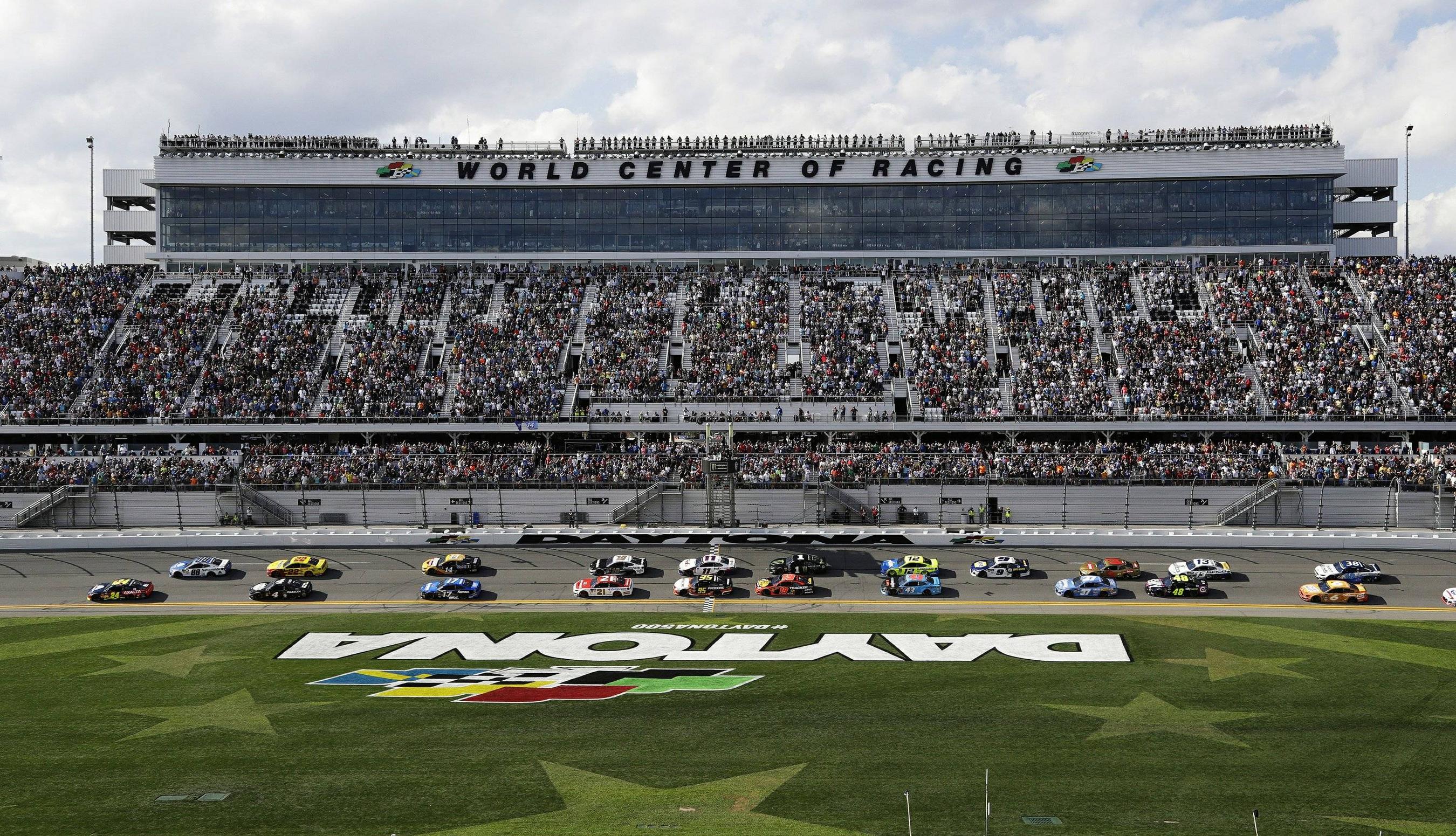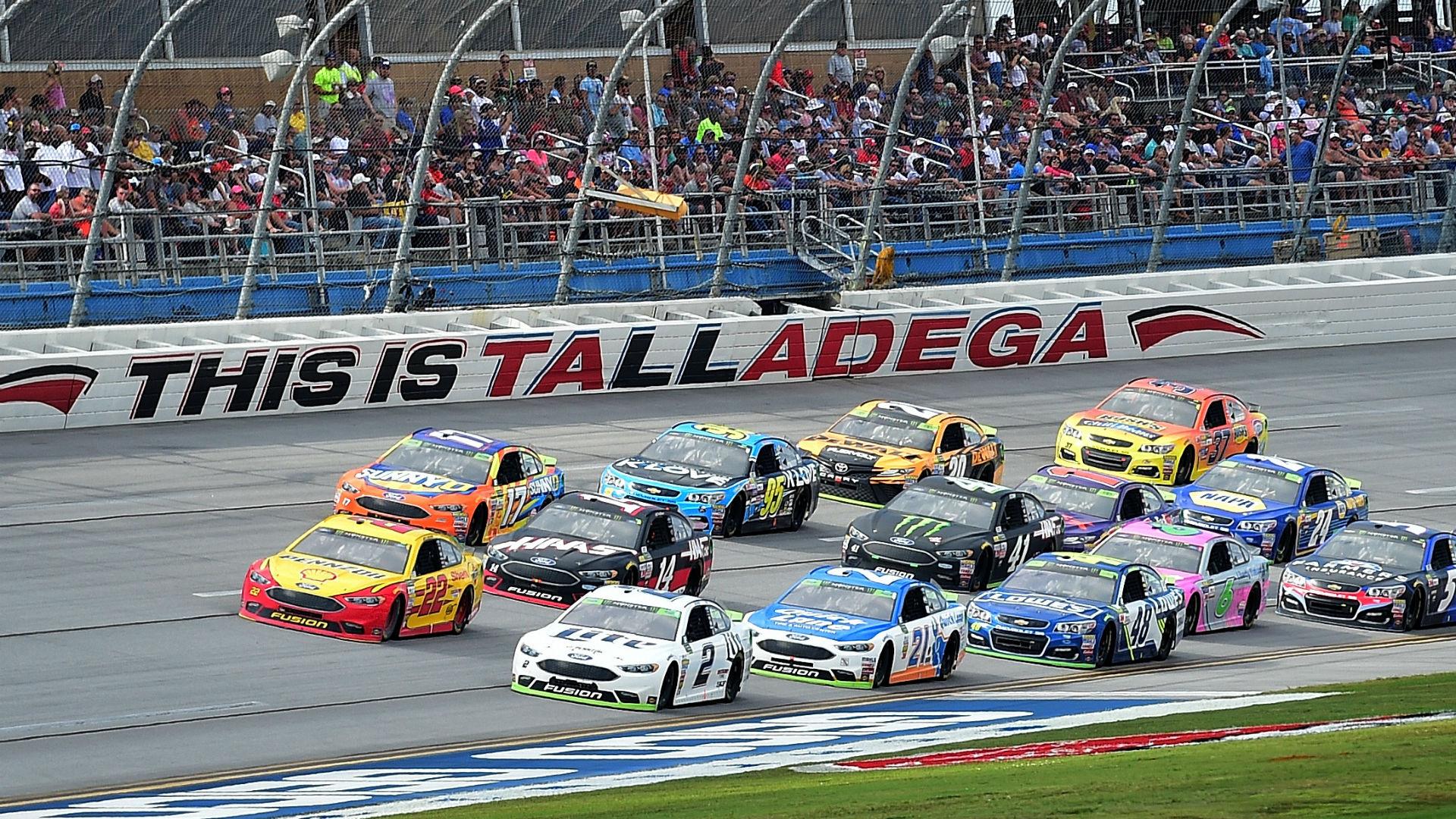
If you are interested to learn more about NASCAR history, you have come to the right spot. Here you will find information about the Daytona 500 race, the speedways of 1960s and 1970s as well as the riots that followed World War II. You also have the opportunity to read about the Inauguration and creation of the Indianapolis Motor Speedway. You can also contact us if you have questions about NASCAR. We would love to teach you more about the sport.
Daytona 500 race history
There is a lot of interesting Daytona 500 race history. It is one of the oldest races around the globe and has a long history with successful drivers. The race started as a sprint-car race. However, it has become a stock car race. Darrell Wallace and Richard Childress were only two drivers to win the event in the 1960s from the pole. There have been many winners of the Daytona 500 from the pole position.
Speedways in 1970s and 1960s
Speedways housing stock was small and costly in comparison to suburban homes in the 1960s and 70s. A typical two-bedroom wood frame house starts at eighty thousand dollar, while an apartment complex costs four million. Although Speedways were once a major source of housing revenue, today most residents blame the increased cost of rent and housing for the decline in their communities.

Stock car racing riots in the aftermath of World War II
After the United States entered World War II, tensions between black and white communities began to rise. After World War II, the economy was characterized by a large number and vibrant middle class of skilled workers. They could afford to purchase more expensive cars. Eventually, the riots began, with television news reporters capturing some of the earliest riots. UAW used patriotism as a rallying call and racial animosity for justification of its repression against the black community.
Inauguration Indianapolis Motor Speedway
On 1 May 1910, the Indianapolis Motor Speedway officially opened, and race teams were allowed to practice at the track for free during daylight hours. The "Month of May" policy was adopted by local teams to benefit from the arrival of many foreign teams much later. The new track soon became the focal point of national and international racing, and the speedway has been hosting major events ever since. Although some fans and drivers criticized the policy it was still popular.
First nascar series race in South Carolina
The Southern 500 NASCAR series race was the first to take place in South Carolina. It is officially known as the Cook Out Southern 500 for sponsorship reasons. The Darlington Raceway is the venue for this event in Darlington, South Carolina. There is a rich history behind the race, which is held every year. The race is full of great memories. It is a must watch for race fans.
Origin of the Cup series
The Cup series in NASCAR is one of the premier automobile racing series in the world. These cars race in a series of races following a front engine and rear wheel drive. The cars are constructed of 24-gauge sheet metal, feature a closed cockpit, fenders, and a rear spoiler. The cars use spartan electronics and are regulated by strict regulations.

Evolution of the Craftsman Truck Series
Sears Craftsman is the sponsor of NASCAR's Craftsman Truck Series. It was established in 1995. Craftsman has many rights in NASCAR through this sponsorship. Craftsman Truck Series is also one of three NASCAR national series. Races are held on 22 tracks in 18 States.
FAQ
Which type of car racing is the most popular?
Formula 1 Grand Prix has been regarded as the most prestigious motorsport competition in the world. It was held for the first time in 1950.
Do you have any guidelines for the appearance of a racecar?
No. No.
However, they must comply with certain safety standards.
Who invented car racing?
Invented by Charles Brady King, who built the first automobile racecourse in Long Island, New York, in 1896. The July 4th, 1896 was the date of the first auto race.
How can race car drivers prepare for a race.
Before a race, most race car drivers spend time warming up their engines.
This means that they run their engines for a set amount of time.
They can start the race when they're ready.
What number of people are involved in making a race car.
Many race car companies employ hundreds of workers.
They make parts such as tires, suspension systems and body panels.
What type of cars is used in racing cars, and why?
Speed is the most important factor for any race car driver. It is what makes them go fast. They must be fast enough and strong enough not to lose the lead. This gives them an advantage as they can catch up to other racers at high speeds and then pull away again from them when they're not looking.
Most of the fastest cars are very light. They can accelerate quickly and achieve a high speed. But this also means that they have less energy, which can limit how far they can travel in short periods of time. Therefore, they must use energy efficiently.
Engines power most modern-day racing cars. These engines are very similar to the ones found in passenger cars. These engines use compressed air instead of petrol. This is because petrol can't provide enough power for a car to go fast.
Statistics
- In 2013 Ferrari had an estimated team budget of $470 million, while elite IndyCar teams have an estimated annual budget of $15 million, according to FormulaMoney. (businessinsider.com)
- Forget the 200-mph battles of the late 1980s; no one, not even McLaren itself, predicted the inimitable F1 would go as fast as it did. (motortrend.com)
- Petty has won 200 NASCAR Cup Series races, a likely unbreakable record, along with a series record seven Cup championships. (frontstretch.com)
- According to AutoSport, IndyCar's top speeds are 380km/h or 236 mph. (motorbiscuit.com)
- According to FormulaMoney, the design, development, and construction of chassis and engines can cost teams as much as $255 million annually. (businessinsider.com)
External Links
How To
How to get started racing in another nation
First, locate a local team to practice and win. Because of the different driving laws in other countries, it can be difficult to race. For example, some countries don't allow drivers to overtake at any point on the road. Other countries permit overtaking only when you enter a roundabout. Some countries require that cars emit a distinctive sound when they enter and exit roundabouts. It is a good idea to check the regulations of each country before you travel overseas. By doing this, you will not be charged with breaking the law and won't face any ticket from the police.